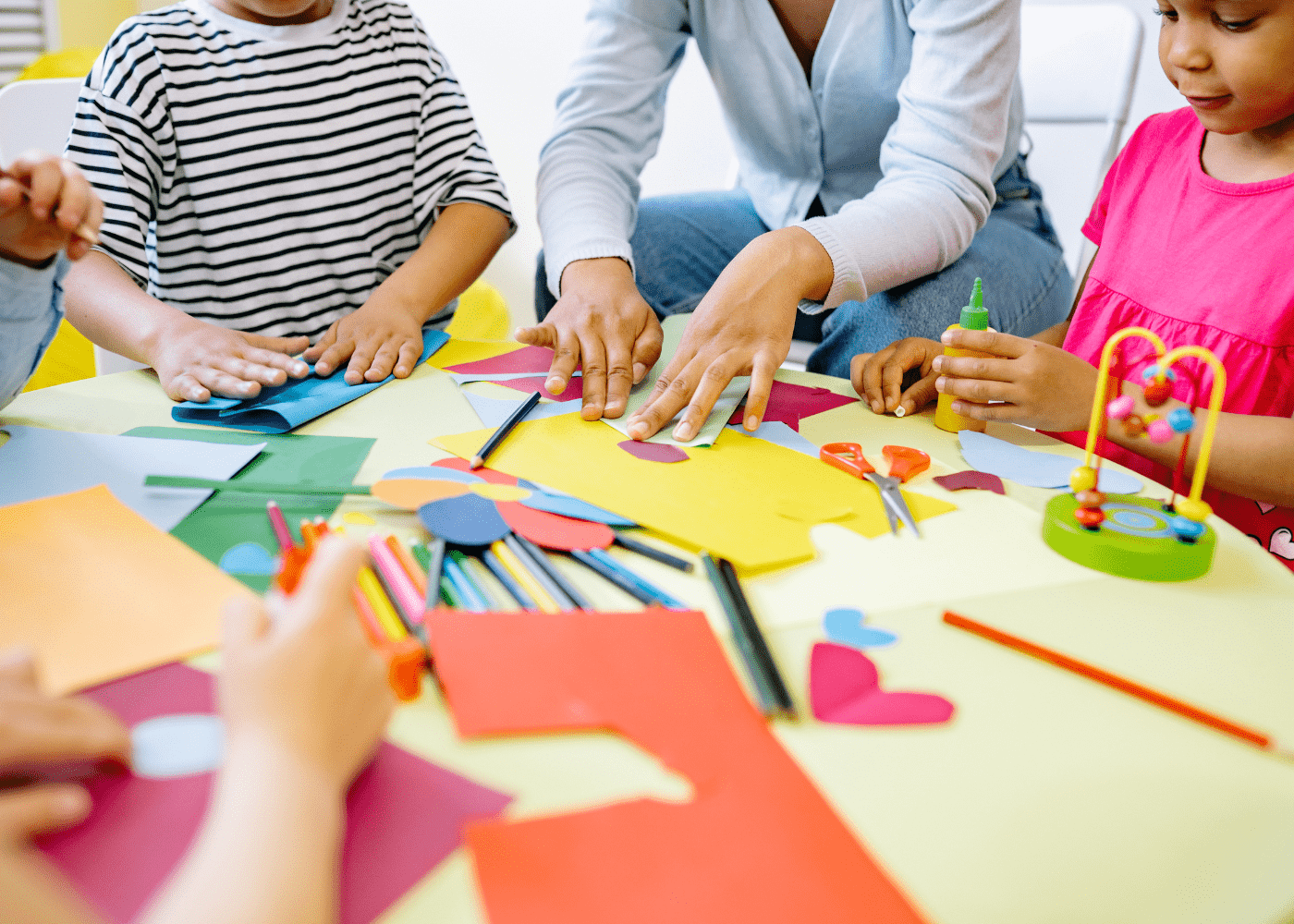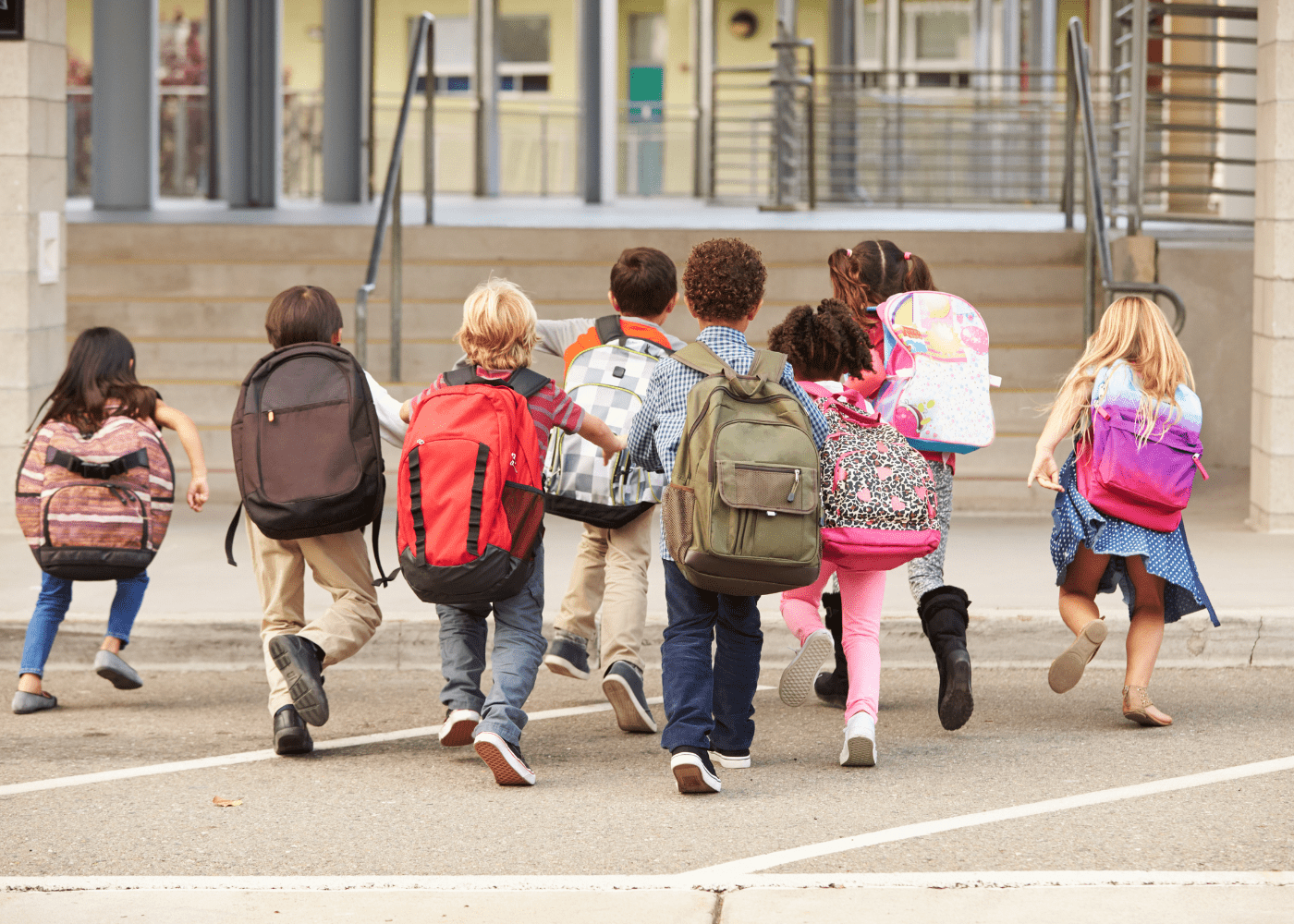Are you wondering when your little one will be ready for preschool or kindergarten? The world of early education can be confusing, with varying age requirements and enrollment options.
In this post, we’ll dive into the question on every caregiver’s mind: What age is preschool and kindergarten? By the end, you’ll have a clearer understanding of the age limits for these critical years of learning and development.

What age is preschool and kindergarten?
Preschool and kindergarten are two critical stages in a child’s early education journey. Preschool is typically the first formal learning experience for children, and kindergarten is often the bridge between preschool and elementary school. The age requirements for preschool and kindergarten vary depending on the country and educational system.
In the United States, preschool is designed for children between the ages of 3 and 5 years old, while kindergarten is typically for children who are 5 years old on or before September 1st of the school year. However, these age requirements can vary depending on the state and school district.
In other countries, the age requirements for preschool and kindergarten may be different. For example, in Australia, preschool is typically for children between the ages of 3 and 5, while in the United Kingdom, children typically begin preschool at the age of 2 and a half.
It’s important to research the specific age requirements for preschool and kindergarten in your area to ensure your child is enrolled at the appropriate time. Early education plays a vital role in a child’s academic, social, and emotional development, and starting at the right age can set them up for success in their educational journey.
Ages 3 to 5 are considered preschool age. But that doesn’t mean that every 3-year-old is ready to go to school. Many kids are better off waiting until they are 4 to attend school, and even then they may do better in a half-day program. Staring preschool is a developmental milestone, rather than being based on chronological age.
Very Well Family
Keep reading for more information about preschool and kindergarten age requirements, the differences between the programs, and why early education is so important!
Preschool age requirements: When do kids start preschool?
Preschool is an early childhood education program designed for children who are not yet old enough to attend kindergarten. The typical preschool age in North America is 3-5 years old, but this may vary depending on where you live, so it’s important to check when kids start preschool in your area.
Depending on the type of program you’re interested in, the minimum age and requirements may be different. For example, some may accept children aged two and a half, but they may need to be potty trained in order to enter the program.

Preschool readiness: Preparing to be in a preschool setting
Pre-K programs focus on developing children’s cognitive, physical, and motor skills through play-based activities and structured learning experiences. It is a chance for young learners to get used to being in a classroom setting and to practice important emotional and social skills like self-regulation and sharing, for example! They will also develop essential language skills through social interaction with peers and teachers.
But, what do kiddos need to know before they enter the preschool environment?
There isn’t really a set-in-stone list of skills a child should have before entering pre-K. But, in general, here are some skills that would help them out!
- Basic self-care skills: Children should be able to go to the bathroom, wash their hands, and dress and undress themselves.
- Social skills/follow instructions: Children should be able to communicate their needs, share toys, take turns, and follow basic instructions.
- Basic literacy and numeracy skills: While not required, it can be helpful for children to have some basic exposure to letters, numbers, shapes, and colors.
- Physical coordination: Children should have some basic physical coordination and be able to run, jump, climb, and balance.
- Curiosity and eagerness to learn: Above all, children should be curious and eager to learn. Preschool is a place for exploration, discovery, and growth, and children who are excited about learning will thrive in this environment!
But, again, it’s important to note that not all children will have these skills at the preschool age range. Preschool is a safe place for children to work on these skills while enjoying a supportive and hurting environment. Preschool teachers are skilled educators that are trained to help your little ones grow and learn in the way that’s best for them.

Different kinds of preschool programs
There are several types of preschools available, each with its own unique approach to early education. Here are some common types of preschools:
- Play-based Preschools: These preschools focus on learning through play and exploration. They typically have a less structured curriculum and emphasize socialization and creativity.
- Montessori Preschools: Montessori preschools follow the teaching philosophy of Maria Montessori, which focuses on individualized learning and self-directed activities. Children are encouraged to explore and learn at their own pace.
- Reggio Emilia Preschools: Reggio Emilia preschools are child-centered and emphasize collaboration and creativity. The curriculum is based on children’s interests and encourages exploration through hands-on activities.
- Waldorf Preschools: Waldorf preschools follow the teaching philosophy of Rudolf Steiner and emphasize imagination and creativity. The curriculum focuses on storytelling, music, and art.
- Language Immersion Preschools: Language immersion preschools focus on teaching children a second language through immersion. Children are taught in a second language throughout the day, and the curriculum is based on the language and culture.
These are just a few examples of the types of preschools available. When choosing a preschool for your child, it’s important to consider your child’s learning style and interests, as well as your own values and priorities for their education.
BTW, if you’ve already found a preschool and are ready to see if it’s a good fit for your family, bring this list of questions with you!

Elementary school age requirements
Elementary school age requirements can vary depending on the school district, but generally, children are eligible to start kindergarten at age 5. Some states or provinces may have a junior Kindergarten program where they start at 4 years old. Either way, entering kindergarten is a significant milestone in a child’s education and is the beginning of their formal education journey.
When it comes to academic growth, kindergarten is the first year of formal education in a school district. While preschool focuses on social and emotional development, kindergarten focuses on academic growth and learning essential skills like motor development, and social and emotional skills, for example.
In kindergarten, children learn to read and write, do basic math, and develop problem-solving skills. They will also be learning to embrace their identity and celebrate their differences, to become active and engaged citizens, and to critically engage with media. Kindergarten is a critical foundation for a child’s education journey, as it sets the stage for future success in many ways.
It’s essential to note that school districts can have different age requirements for preschool and kindergarten. It’s important to research your local school district’s requirements to ensure that your child is meeting the eligibility requirements for entering kindergarten where you live.
To learn about the three P’s of getting ready for Kindergarten (Prep, Practice, Patience) that will help support your child for their upcoming school year, watch this video by Kindergarten teacher Kristina Harrill.
Kindergarten readiness
It’s totally normal to feel nervous about your little one heading off to school. It’s also totally normal to wonder what children learn in their early primary years and which social and academic skills they will need to be successful in the Kindergarten program.
Check out our post below to learn all about Kindergarten readiness.
Above all, remember that each child develops in the time and space that is right for them. While you can help them build the skills and knowledge that will ease their transition into school, there are no entry requirements into public education – Teachers are trained to meet your little one where they are at!

Factors to consider when deciding when to enroll a child
Not sure if you want to enroll your little one in a preschool program or if you should wait until they are Kindergarten-aged to enroll them in one of the local public schools? Here are some things to consider.
Developmental readiness
Parents should consider their child’s developmental readiness when enrolling them in preschool or kindergarten. Factors to consider may include the child’s language and communication skills, social and emotional maturity, and cognitive development.
These skills will be developed throughout their educational experience, but it’s important they are ready and willing to learn and that they are able to handle being away from their parents for many hours of the day. Preschools may also require your child to be potty trained, too, so be sure to ask about that if your child is still in diapers.
Cut-off dates for enrollment
Parents should also consider the cut-off dates for enrollment when deciding when to enroll their child. It is important to ensure that their child meets the age requirements and cut-off dates for the desired program. My advice is to start looking well in advance for preschool especially, as in some areas there are limited spaces for enrollment.
Individual needs and preferences
Parents should consider their child’s individual needs and preferences when making enrollment decisions. For example, some children may benefit from an additional year of preschool to further develop social and emotional skills, while others may be ready for kindergarten at a younger age.
You also need to think about which type of education you prefer. Do you want traditional, religious-based, or perhaps Montessori-style education models? Do you want a nature-based program? Check out what’s around in your local area and visit a few schools before deciding.
Availability and accessibility of programs
Parents should also consider the availability and accessibility of preschool and kindergarten programs in their area. Factors to consider may include program cost, location, and scheduling options. It may also be important to consider the quality of the program and the qualifications of the teachers and staff.
Parental goals and expectations
Finally, parents should consider their own goals and expectations for their child’s education when making enrollment decisions. For example, parents may prioritize academic readiness or social-emotional development, and this may impact their decision to enroll their child in preschool or kindergarten at a certain age.
Considering part-time Kindergarten
In some cases, it may be more appropriate for your child to enroll in a half-day Kindergarten rather than a full day. If this is the case, chat with your school about your options to come up with a learning plan that best supports your kiddo.
Here are some reasons that you may consider reduced school hours:
- If your child is an English Language Learner and finds themself exhausted by the end of the day. Learning in their non-native language is tough stuff, and so you may want to ease them into the school experience.
- If your child has exceptional learning needs and the full day is too much for them.
- Scheduling constraints. If your family cannot meet the schedule of the Kindergarten program, half day may be better.
There may be other reasons (each family and their needs are unique!), but those are some examples. In any case, chat with your child’s teacher and the school if you feel your young learner would be more successful with a half day of learning rather than full.

Conclusion
In conclusion, the age requirements for preschool and kindergarten programs can vary by state and program. Understanding these requirements is important for parents when making decisions about when to enroll their child.
While preschool typically serves children ages 3-5 and kindergarten serves children ages 5-6, it is essential to consider each child’s individual needs and developmental readiness. Parents should also consider the availability and accessibility of programs, as well as their own goals and expectations for their child’s education.
By considering these factors, parents can make informed decisions about when to enroll their child in preschool or kindergarten, setting them on a path to success in their academic and social-emotional development. We hope this helped you answer what age is preschool and kindergarten!
Frequently asked questions about preschool and kindergarten
What age is a child in preschool?
Typically, children are in preschool from ages 3 to 5. They will then head to Kindergarten.
Is a 3-year-old ready for preschool?
Many three-year-olds are ready to start preschool, but some may need more time at home before heading into a preschool program. If you are unsure of whether or not your little one needs more time to develop essential skills before starting pre-k, chat with your local school or your child’s developmental specialist.
What age is kindergarten?
Many children will start kindergarten when they are five years old. In some states or provinces, there may be a junior kindergarten program that allows them to start earlier, usually when they are four years old.
Resources
We’ve got lots of informational articles to read and fun activities to do with young learners. Here are some you may enjoy!
- Outdoor activities for kids
- Arts & crafts for families
- Coloring pages for kids
- Math, science, and literacy for young learners
References
When do kids start preschool? By Very Well Family
All things pre-k & kindergarten learning
Looking for some ways to support your young child’s learning at home? Check out this category for all things mathematics, science, and literacy!
